In the last days of autumn, we march towards the Solstice, towards winter, through brief days caught between dark nights.
Standing in the back garden just before sunrise, I gaze at the plump, pale moon, just shy of full. I watch the moon rapidly change phases, waning gibbous to slender crescent as a cloud slides across its surface. The cloud is pale blue-gray, like the wings of a tufted titmouse.
The night’s lingering shadow emphasizes autumn’s slow siphoning of the world’s color. Dark magenta had lingered in the trunk-like stalk of a tree-tall pokeweed, but the past week drained all pink from that now beige plant. The starlike sweetgum leaves linger on the tree, but have faded to dull yellow. When I wrote last week that the water oak would remain green for another month, I was wrong; its canopy is already a blur of orange-brown. Most other trees are bare; in the past week, the hickory has dropped all brittle brown leaves, while the post and black oaks each hold onto just a few.
Only the blueberry bushes blaze with color, every single leaf suddenly gone from green to a defiant red that burns through the pre-dawn shadow.
The laughing song of robins ripples through the air. Soon a single towhee’s ascending, sliding whistle rises from the trees, and quietly, the song of a Carolina wren chimes and rings from the brush. No woodpeckers trill or poke at the trees; no wave of blackbirds sweeps down from the sky — not yet.
Pale salmon clouds join the blue-gray, bringing more color to the approaching day. Pale blue sky comes into view as the clouds roll east, where the sun is waiting to rise.
Soon the caw of blue jays joins the laughter of robins. The voice of one robin breaks from the crowd, singing “cheery, cheer-up.” A fluttering voice announces the arrival of a mourning dove, a bird that reminds us how pretty beige can be, with plumage all pale, neutral tones, yet their eyes gaze from within a ring of blue, pale like the pre-dawn sky revealed by the drifting clouds. From unseen juncos rise a chorus of quiet, silvery trills, a sound similar to the crickets who no longer sing at night.
I move east, to the front porch, to turn off the twinkle lights, my attempt to resist complete darkness on these long nights. Pale gold oozes behind the distant trees, around the curve of the sun that has begun its slow ascent. In its waxing light, I watch tufted titmice forage, phoebes bobbing their tails, squirrels dashing and crashing in and out of trees, and to my surprise and delight, a small, curved-billed bird quietly climbing up the hickory tree — last week’s brown creeper has returned!
Falling in a Bog has gotten a lot of new readers in the past week — welcome! This seems like a good time to reintroduce myself and to share some favorite older posts.
I write about nature from a neurodivergent perspective. Only three years ago, at thirty-seven, I was diagnosed with Autism Spectrum Disorder. After learning that I had been autistic for all these years, I read as much as I could, particularly personal accounts of other late-diagnosed women. Though many of these narratives are out there, so are misconceptions about people like us. So I write about my experience. Here are some examples:
I live near Atlanta, where I garden with the goal of supporting wildlife. Here is a selection of scenes from my garden:
I also try to explore and document natural areas as much as possible, with photography and writing. Here are a few adventure accounts:
Since July of this year, I have been publishing once a week — though not on the same day each week (typically due to my regular work). Also, over the next couple of weeks, I’ll be traveling and will either be bursting with things to write about immediately or unable to publish regularly. Falling in a Bog might take a little break until January. But if you are like me, you have a backlog of interesting Substacks to catch up on!




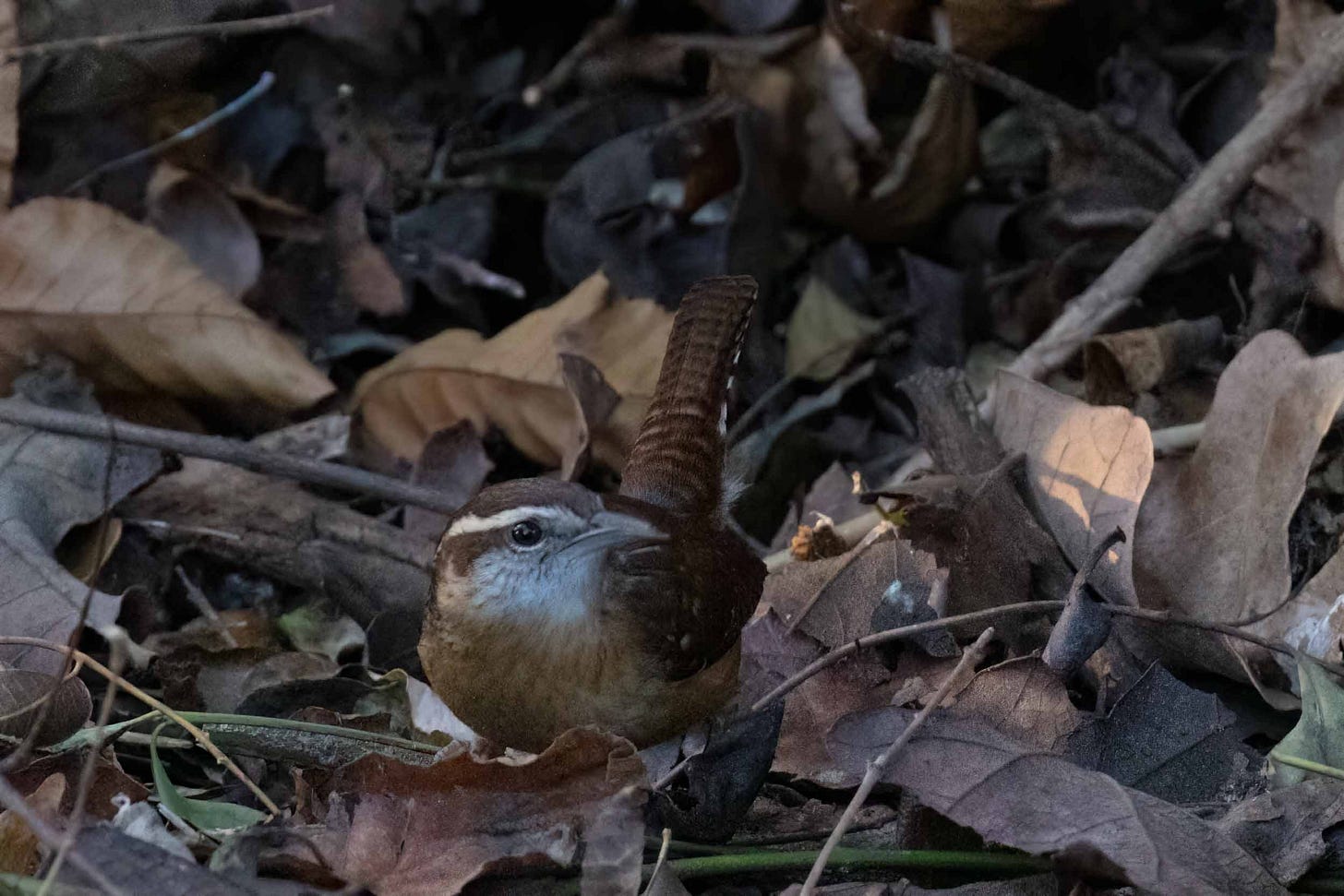
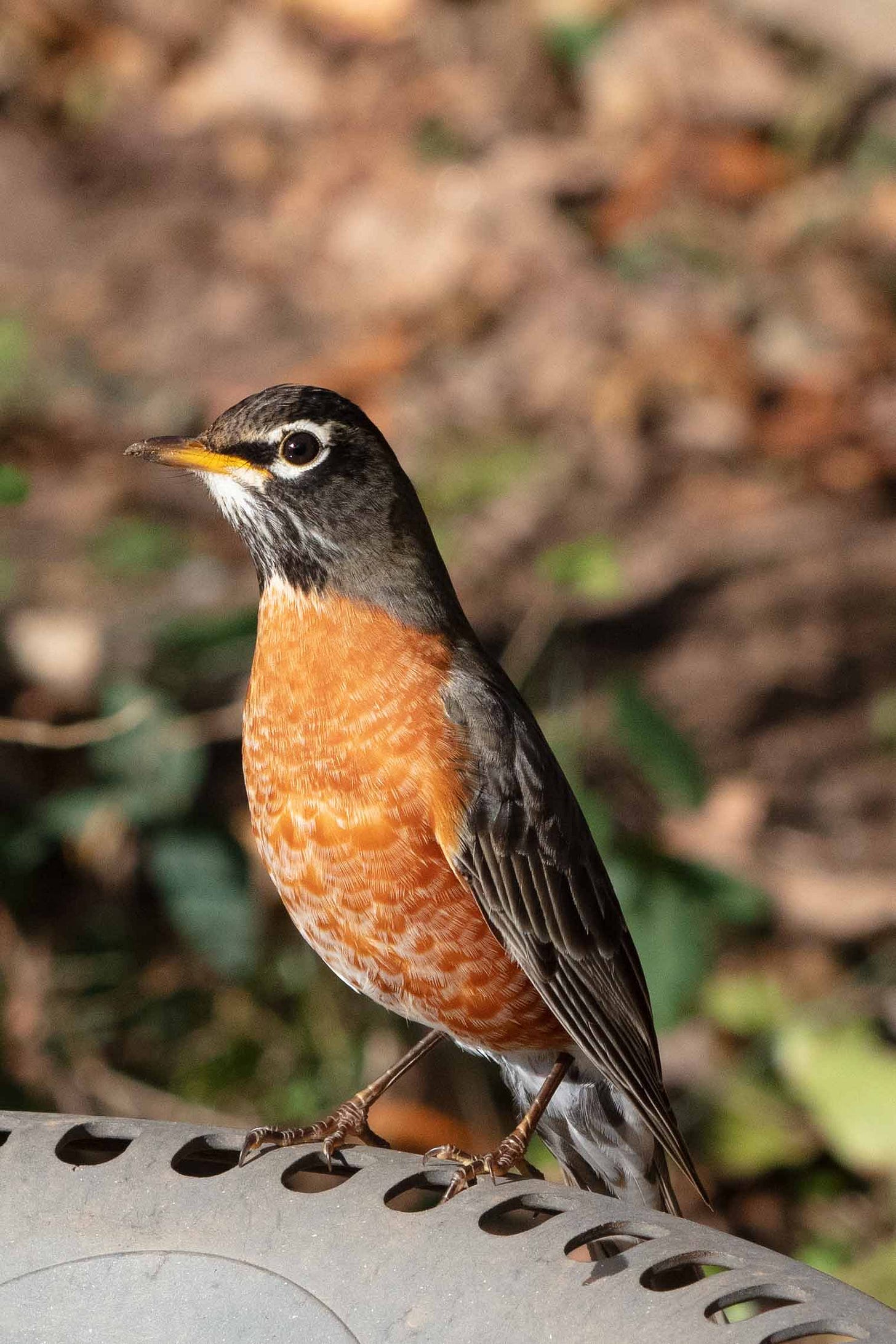
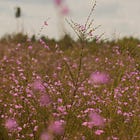

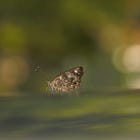

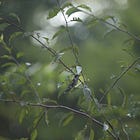
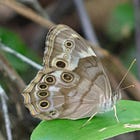

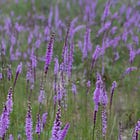
I love your Substack! Thanks for writing it.